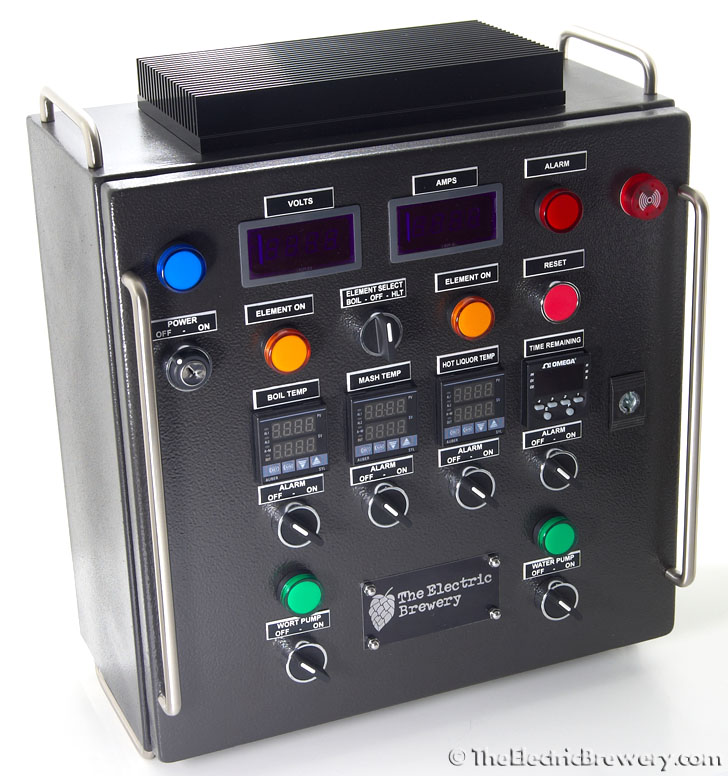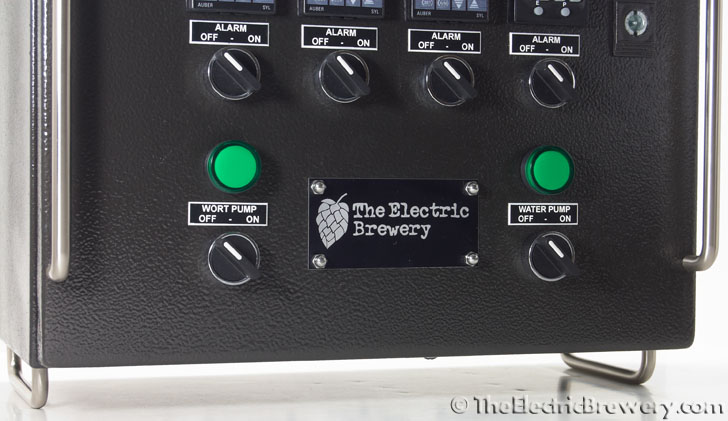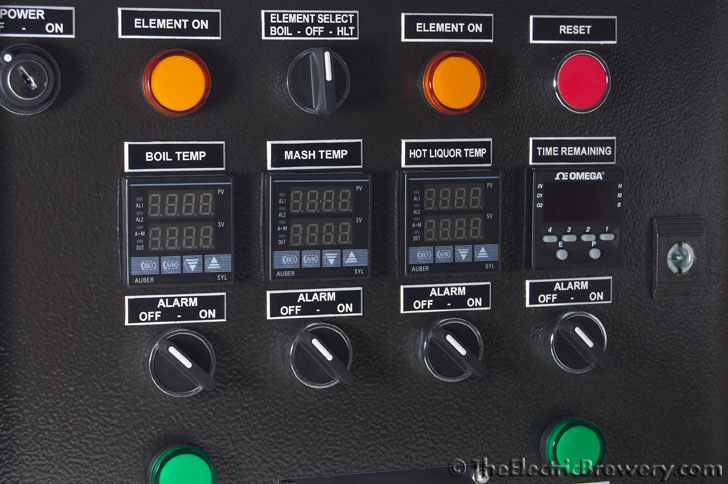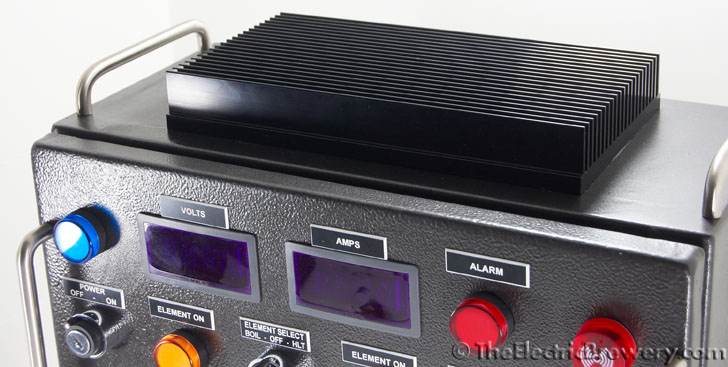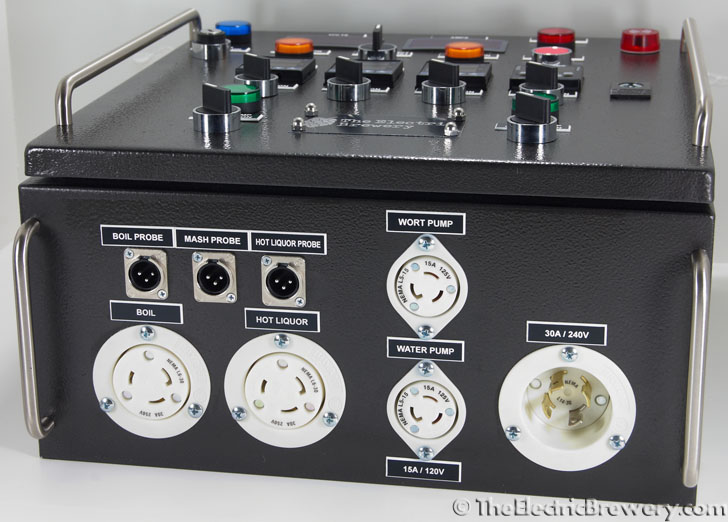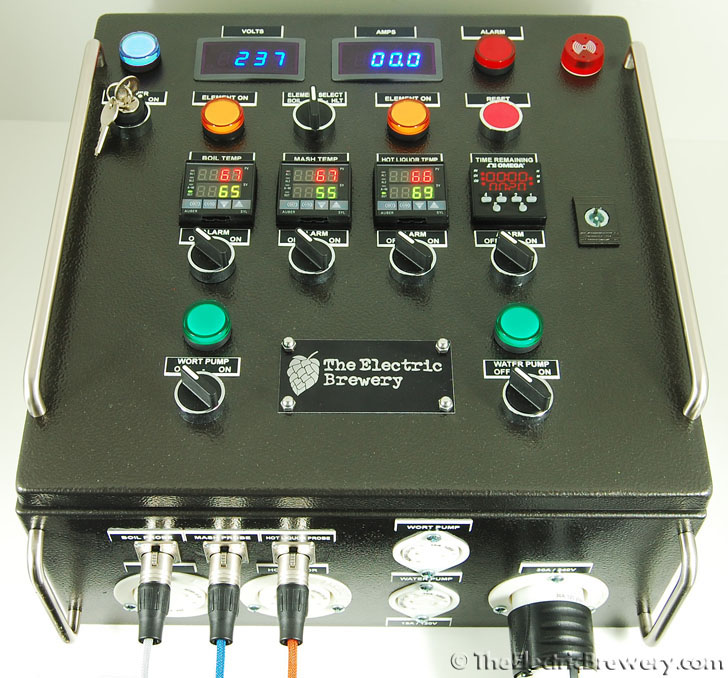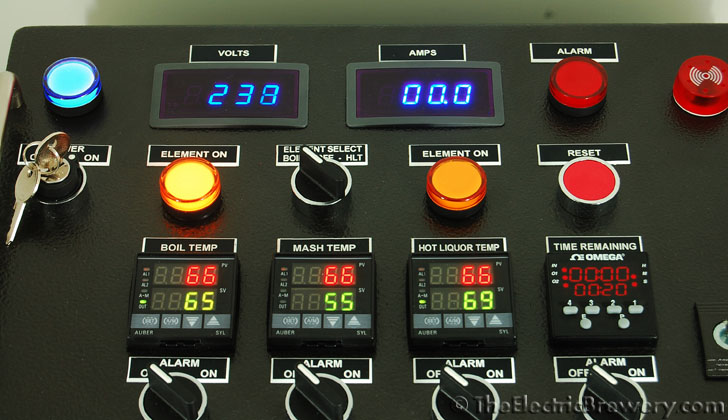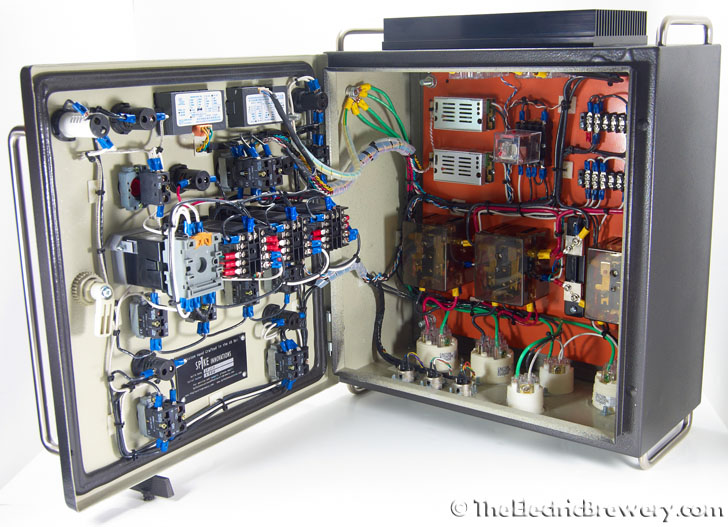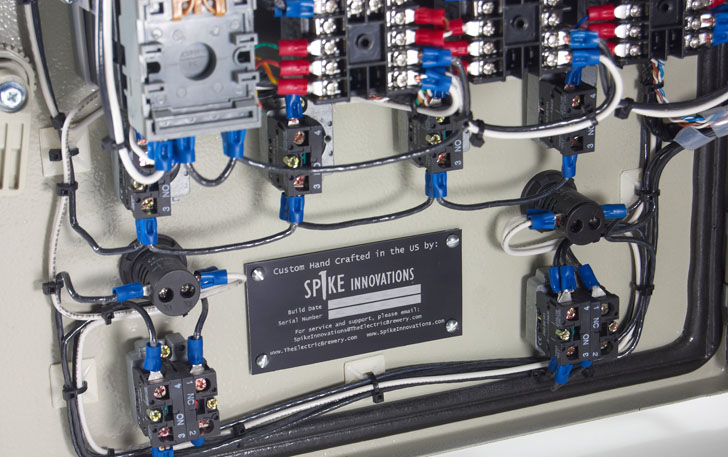kal
Well-Known Member
Sorry Klaus, I just don't understand the concern. In fact, I think your idea's less safe the more I think about it. I do not recommend it.
If you put in an extra SSR so that the red HOT to the element is off if the PID is not firing all you're doing you're adding a secondary OFF switch to the PID. But that's not a good idea. If someone wants to stick their hand in the kettle they should turn the ELEMENT SELECT switch OFF as that's a physical hard ON/OFF switch. The logic's simple: If I want to stick my hand in there I have to turn if off.
Now think of your way: Adding a second SSR for the red hot lines essentially adds a 'secondary' OFF switch to the PIDs. Someone may now think that they're ok to stick their hands in the kettle with the ELEMENT SELECT switch still in the ON position as long as the PID temp is set low enough such that it doesn't fire. That's not good. That's an inherently unsafe design as whether the element fires is controlled by temp/environment (if the air/water/wort temp in the kettle changes the element may fire). Adding a secondary conditional off is very dangerous as the person has to think about what they're doing. A control panel needs to have a simple OFF switch for cutting power, not something conditional or a second way. ON or OFF, nothing else. No conditions.
It's safer for the user to know that the only way to make the thing 100% safe to stick your hands in is if the ELEMENT SELECT is OFF. That cuts off both hot legs 100% *physically* from the element as per my design today.
Secondly, SSRs, when they fail, usually closed making this idea less safe too.
Thirdly, SSRs have leakage current. Even when off, some current gets through.
I really think the safest way to use the control panel is for the user to get it in their head that the ELEMENT SELECT switch has to be in the OFF position for power to be 100% cut to the element. That is exactly what happens with my design. I do not recommend you make the changes you suggest. It adds something which someone may think add some 'safety' which in fact it makes it more complex.
ON/OFF controls need to be simple: If the ELEMENT SELECT switch is ON nobody should be unpluging stuff or touching elements. If the panel's on at all, you should not be unplugging/plugging stuff.
Kal
If you put in an extra SSR so that the red HOT to the element is off if the PID is not firing all you're doing you're adding a secondary OFF switch to the PID. But that's not a good idea. If someone wants to stick their hand in the kettle they should turn the ELEMENT SELECT switch OFF as that's a physical hard ON/OFF switch. The logic's simple: If I want to stick my hand in there I have to turn if off.
Now think of your way: Adding a second SSR for the red hot lines essentially adds a 'secondary' OFF switch to the PIDs. Someone may now think that they're ok to stick their hands in the kettle with the ELEMENT SELECT switch still in the ON position as long as the PID temp is set low enough such that it doesn't fire. That's not good. That's an inherently unsafe design as whether the element fires is controlled by temp/environment (if the air/water/wort temp in the kettle changes the element may fire). Adding a secondary conditional off is very dangerous as the person has to think about what they're doing. A control panel needs to have a simple OFF switch for cutting power, not something conditional or a second way. ON or OFF, nothing else. No conditions.
It's safer for the user to know that the only way to make the thing 100% safe to stick your hands in is if the ELEMENT SELECT is OFF. That cuts off both hot legs 100% *physically* from the element as per my design today.
Secondly, SSRs, when they fail, usually closed making this idea less safe too.
Thirdly, SSRs have leakage current. Even when off, some current gets through.
I really think the safest way to use the control panel is for the user to get it in their head that the ELEMENT SELECT switch has to be in the OFF position for power to be 100% cut to the element. That is exactly what happens with my design. I do not recommend you make the changes you suggest. It adds something which someone may think add some 'safety' which in fact it makes it more complex.
If something goes wrong with the grounding for whatever reason you could only get shocked when the element is actually firing instead of just selected to the on position.
ON/OFF controls need to be simple: If the ELEMENT SELECT switch is ON nobody should be unpluging stuff or touching elements. If the panel's on at all, you should not be unplugging/plugging stuff.
Kal



